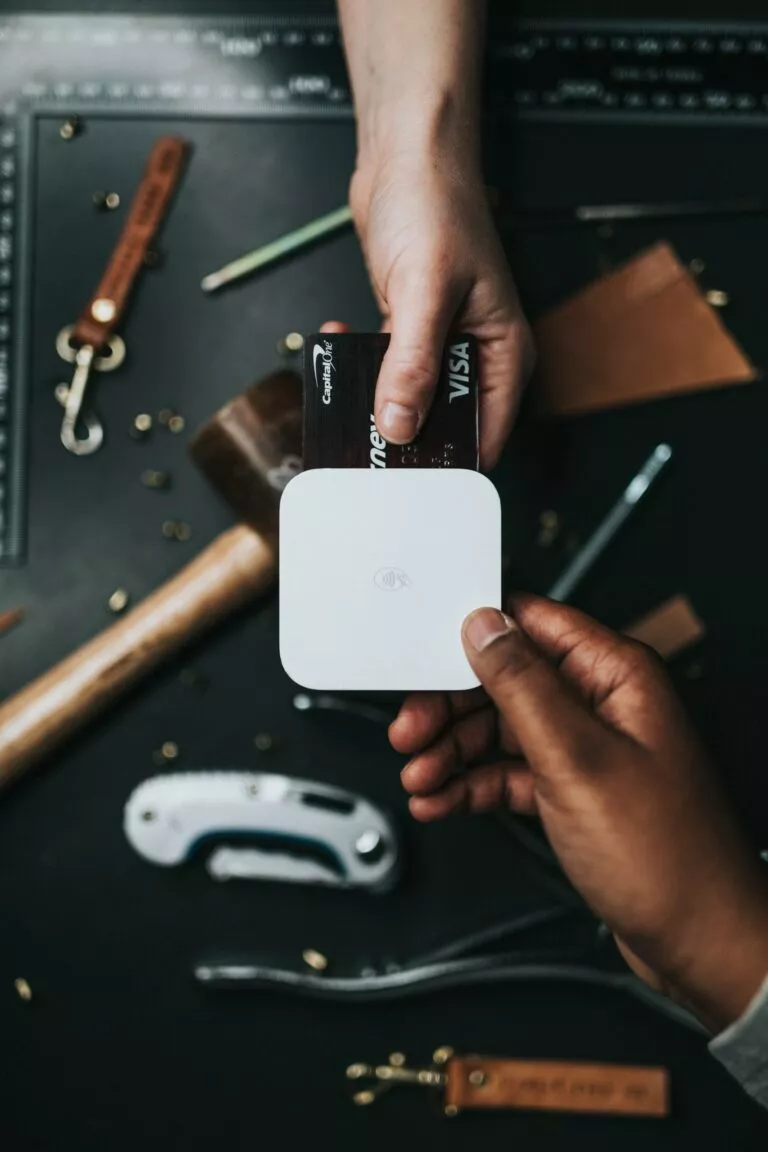The Challenges of Open Banking: Data Breaches and Banks Not Doing Their Part
I recently started to implement a service called Sherlok with my customers. Using Open Banking, it helps borrowers automate the monitoring of their home loan interest rate and helps them to stay on the best rate with their lender.
The uptake has been lower than I’d expected. Then I found out that there is an industry-wide trend of resistance to this sort of utilisation of data sharing. Some of it might be consumer driven but the bulk of it seems to be because the banks aren’t doing their part.
About 3 Years Ago This Open Banking Was Meant to Be A Breakthrough
Founded on the idea that your data is yours, open banking was meant to help customers get their banking data aggregated and, in the end, help them find the best deals based on a complete and clear picture of their situation.
As we near the end of year 3 of open banking… there isn’t even a single price comparison tool to compare savings accounts. Similarly, there are issues on the mortgage front – with the founder of Sherlok observing that compliance with open banking for the banks and their customers getting full access to their data would make it easier for companies like Sherlok to steer customers to better deals.
Banks Have a Long Way To Go
According to Open Finance Advisors, 72% of banks are late with hitting their compliance targets, and 91.5% of banks have information gaps in what they are making available under the open banking laws. The fines they are paying for non-compliance are small, and the reward for non-compliance is high. If this all goes away the banks win.
Consumers and Open Banking services companies are the two groups that have the most to gain from the success of open banking. Consumers will ultimately find it easier to find and confirm they are on the best deals in the market, the start-ups that harness this technology to provide these services will win as well. The problem is, they are reliant on banks sharing data properly for this to happen.
I personally feel that the banks can’t be allowed to out-wait the government and their customers, hoping that this all goes away.
Security keeps shooting us in the foot
The downside risk to open banking is these data aggregation services will need to be more secure. 2022 and 23 have seen some staggering hacks. The impacts of those hacks on consumers that have their data shared through open banking will be more pronounced.
The security aspect needs to be the highest priority. A lot of us have seen firsthand how disruptive those data breaches are. If they continue, they may just demoralise the very people who have the most to gain from open banking. It’s a government-approved framework and it will be secure if it’s implemented properly.
Despite the implementation challenges we’ve seen to date; I honestly believe the upside of open banking far exceeds the challenges we are seeing birthing this new banking frontier. I hope the government, consumers and industry continue to work towards achieving what was originally envisaged when the idea was conceived.
More information on Open Banking can be found at https://www.ausbanking.org.au/priorities/open-banking/.
If you need any help with your home loan call 1300 661 211 or register online at https://mortgageworldaustralia.com.au/contact

Patrick is a Director and a Home Loan Specialist. He has been helping Australians with home loans since 2001. Prior to working as a mortgage broker Patrick was employed by Macquarie Bank for 3 years and also worked as an accountant for a publicly listed company. Patrick’s qualifications include:
Bachelor of Business, UTS Sydney. Majored in accounting and sub-majored in Finance and Marketing.
Diploma of Finance and Mortgage Broking Management FNS50310
Certificate IV in Financial Services (Finance/Mortgage Broking) FNS40804
Ready to Take the Next Step?
Whether you’re looking to buy your first home, refinance, or explore investment opportunities, Mortgage World Australia is here to help.
Fill out the contact form below, and one of our expert mortgage brokers will be in touch shortly to discuss your needs and guide you through your options.
Get Started Today!







